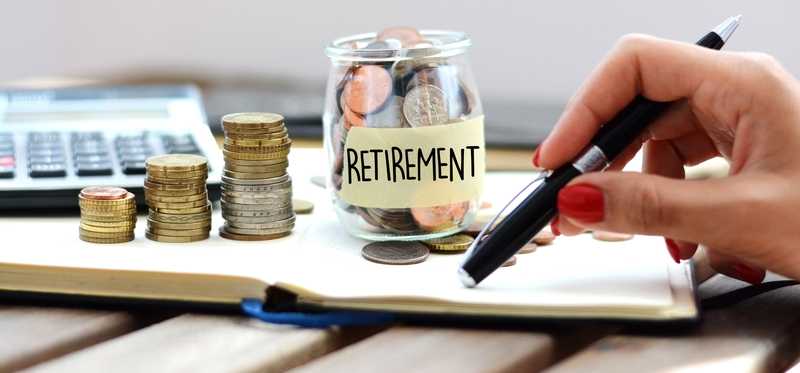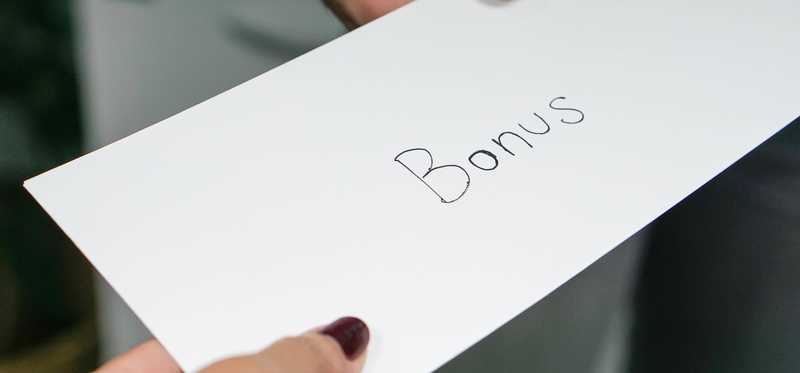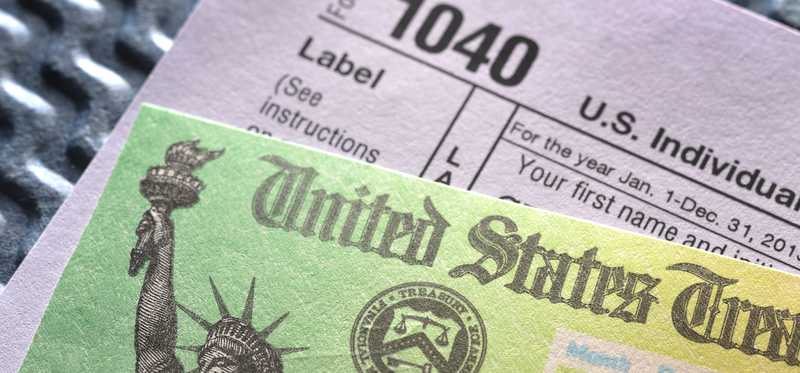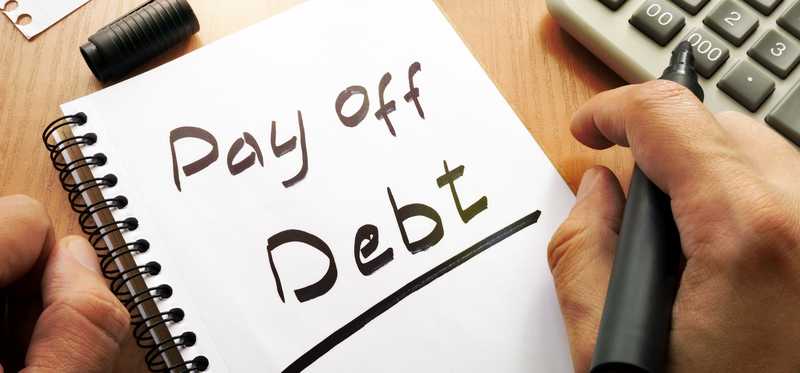13 Creative Ways to Save for Retirement

13 Creative Ways to Save for Retirement
Are you saving enough for retirement?
Most Americans aren't saving enough for a secure retirement. Saving the recommended 15% of your income -- or more -- is understandably challenging, but is also essential.
The good news is, there are ways you can boost your retirement savings so you're putting aside more cash for the future. And saving more for retirement doesn't even have to be hard. Just try out these 13 creative ideas to easily up your savings rate with little sacrifice on your part.
Previous
Next

1. Inch up automatic contributions
Automating your retirement savings is key to contributing enough for retirement. You can do this by having 401(k) contributions taken directly from your paycheck or by setting up a direct transfer of funds on payday to an IRA.
When you contribute automatically, you don't have to worry about forcing yourself to transfer cash to retirement savings. And boosting your savings is easy. Just add a small increase every six months or so. If you're currently having 6% of your income sent to savings, inch this up to 6.3% or 6.5%.
Keep making incremental increases in your automatic contributions every couple of months until you find you're really struggling to live on the cash left over. If you gradually increase the amount you save, it won't really even feel like you're living on less as you make slight lifestyle adjustments to accommodate your reduced cash flow.
You can keep doing this bit by bit until you find you have too little left to be comfortable -- then just pull back a little and keep your savings at that rate for a while.
Previous
Next

2. Bank your raises
When you get a salary boost, do you find that the extra money is just sort of absorbed into your bank account and you don't really notice much of an improvement to your quality of life? If you do, you're guilty of lifestyle inflation, which is a natural phenomenon when our salaries increase.
Instead of just expanding your expenses when your income rises, make those pay boosts work for you by automatically increasing your retirement account contributions every time you get a raise.
If your salary increases by 2% this year, increase your 401(k) or IRA contributions by 2% right away before you ever get used to having the extra cash. You won't miss the money because you aren't used to having it, and it can grow to provide you with the nest egg you need to be a secure senior.
ALSO READ: You Won't Believe What an Extra $1,000 in Your 401(k) Can Do
Previous
Next

3. Use your bonuses to boost your retirement savings
Did you get a bonus at work or do some overtime? If you did, then transfer that extra cash to retirement savings immediately.
You shouldn't need to spend the bonus money since it's not part of your regular monthly income. Using the surprise extra cash to help secure your future is the best use of the money -- rather than just splurging on a purchase that won't improve your financial picture over the long-term.
Previous
Next

4. Fund your retirement savings with coupons
Printable coupons, coupons from the newspaper, and online coupon codes can all save you a fortune on purchases you were going to make anyway.
When you benefit from savings by using a coupon, transfer the cash over to savings right away. You can either make a contribution to an IRA after each shopping trip where you save or can move all the money over to a savings account until you've got a few hundred to put into the IRA.
Previous
Next

5. Keep the change using Acorns
Apps such as Acorns allow you to automatically round up every purchase to the nearest dollar. For a small monthly fee of between $1 and $3, you can invest your spare change in a micro-investing account or an IRA that helps you save for retirement.
While Acorns does cost money, it makes saving truly effortless since the extra cash is added to an investment account without you doing anything. And you're only moving a small amount of money over at a time -- the change from each purchase -- so it doesn't require a lot of big lifestyle changes to save with Acorns.
Previous
Next

6. Turn cash gifts into retirement savings
When someone gives you cash for your birthday or another special occasion, it's tempting to spend the money. But you could instead turn it into a gift that keeps on giving by investing it for your future.
If you want to enjoy some of the gift in the moment, you could commit to keeping half of every cash gift and transferring it to a retirement savings account. Or you could go the extra mile and move the entire cash gift into your IRA.
Gifts are unexpected cash you don't need to meet expenses, so why not use them to help you grow wealth so you can really enjoy your golden years.
Previous
Next

7. Make good use of tax refunds
Many Americans get tax refunds and, if you're one of them, consider using this refunded cash to save for your retirement. Not only can you contribute a big chunk of change to an IRA or 401(k) if you save your entire tax refund, but you can also score tax breaks that will make your refund bigger in the future.
Previous
Next

8. Get a side hustle
If you struggle to save enough for retirement out of your regular paycheck, consider getting a side hustle and devoting most or all of the extra cash to retirement savings.
Side hustles are easy to find these days in the gig economy and you could do everything from driving for a ride sharing service to walking dogs or selling crafts on Etsy.
Whatever you do to make extra money, commit to contributing the entire amount to retirement savings. You could easily max out an IRA by earning just a few hundred dollars a month -- which would set you up to have substantial wealth by the time you're a senior.
Previous
Next

9. Optimize your accounts
Investing in the right accounts can help you save more for retirement, either by boosting your interest rate or scoring tax breaks, or both.
If you're putting money into a savings account, make sure it's a high-yield account that pays the maximum amount of interest. You can bank this interest and transfer it to retirement savings.
You should also make sure your retirement funds are invested in accounts that provide tax breaks, such as IRAs and 401(k)s. One often-overlooked account that can actually help you save a ton for retirement is a health savings account (HSA).
HSAs allow you to put away pre-tax money for healthcare costs and to take out money without paying taxes on withdrawals if you use the funds for qualifying healthcare expenses. Since healthcare is one of the biggest costs retirees end up incurring, saving money in an HSA is a great way to ensure you'll have enough money as a senior.
You can also withdraw funds from a health savings account for any purpose without incurring penalties after the age of 65, so these can be good general purpose accounts too. You just need to make sure you qualify, which means you'd need an eligible high-deductible healthcare plan.
ALSO READ: Is an HSA a Good Place for My Retirement Savings?
Previous
Next

10. Use your credit card rewards to save for retirement
Most credit cards offer rewards for spending. You can opt for cards where you can redeem points for trips or merchandise, but there are also cash-back cards. And some of these cash-back cards can actually deposit money directly into an IRA with a brokerage account.
Instead of using your credit card rewards to fund vacations or other purchases that don't improve your net-worth over the long haul, pick one of the cards that can boost the amount you're saving for the future.
If you don't want a card that transfers cash directly into a brokerage account, any cash-back credit card will do. When you get the reward money as a statement credit or deposited into your bank, simply transfer the amount into savings yourself.
Previous
Next

11. Tax yourself and transfer the cash to savings
Do you have a particular purchase you tend to splurge on? If you do, make a commitment to yourself that every time you make that indulgent purchase, you have to budget an equal amount of money for retirement savings .
By pairing frivolous spending with retirement savings, you'll have to make sure you can really afford the purchase -- without compromising on your retirement savings goal. This way, that splurge purchase will become a buy that actually benefits you since you're now saving money every time you do it.
To ensure you keep the commitment to yourself, transfer the money to retirement savings before you buy the fun item.
Previous
Next

12. Try a savings challenge
Saving small amounts of money can add up over time, and it's easy to do if you try a simple 52-week saving challenge.
To do this challenge, save $1 the first week, $2 the second week, $3 the third week and so on throughout the year until the last week when you save $52. With this 52-week savings challenge, you'll save $1,378.00.
At the end of the 52 weeks, you can start the challenge over -- or can keep increasing your savings by $1 a week until you can't do it any more. Once you hit a weekly savings rate that's too high for you, start the process over again from the beginning at $1 and see how high you can go the next time.
ALSO READ: Try Out These Fun Tricks to Save More Money Effortlessly in 2018
Previous
Next

13. Become debt free but keep making payments
Paying off a credit card bill, car loan, or other consumer debt can free up a ton of money for retirement savings. Choose a debt payoff method such as the debt snowball or debt avalanche and aim to eliminate the high-interest debt you owe ASAP.
Once you've paid off what you owe, keep making those monthly payments -- but make them to yourself instead of your creditors. If you were putting $500 a month towards debt repayment, you're used to living without this cash. So transfer it to retirement savings every month in lieu of those loan payments you were previously making.
Previous
Next

You can save more for retirement
Pick a few of these 13 creative methods for saving and start putting aside some extra cash for your future. When you're a senior and living in luxury instead of struggling to survive on Social Security, you'll be very glad that you made the effort.
Christy Bieber has no position in any of the stocks mentioned. The Motley Fool owns shares of and recommends Etsy. The Motley Fool has a disclosure policy.
Previous
Next
Invest Smarter with The Motley Fool
Join Over Half a Million Premium Members Receiving…
- New Stock Picks Each Month
- Detailed Analysis of Companies
- Model Portfolios
- Live Streaming During Market Hours
- And Much More
READ MORE
HOW THE MOTLEY FOOL CAN HELP YOU
-
Premium Investing Guidance
Market beating stocks from our award-winning service
-
The Daily Upside Newsletter
Investment news and high-quality insights delivered straight to your inbox
-
Get Started Investing
You can do it. Successful investing in just a few steps
-
Win at Retirement
Secrets and strategies for the post-work life you want.
-
Find a Broker
Find the right brokerage account for you.
-
Listen to our Podcasts
Hear our experts take on stocks, the market, and how to invest.
Premium Investing Services
Invest better with The Motley Fool. Get stock recommendations, portfolio guidance, and more from The Motley Fool's premium services.